
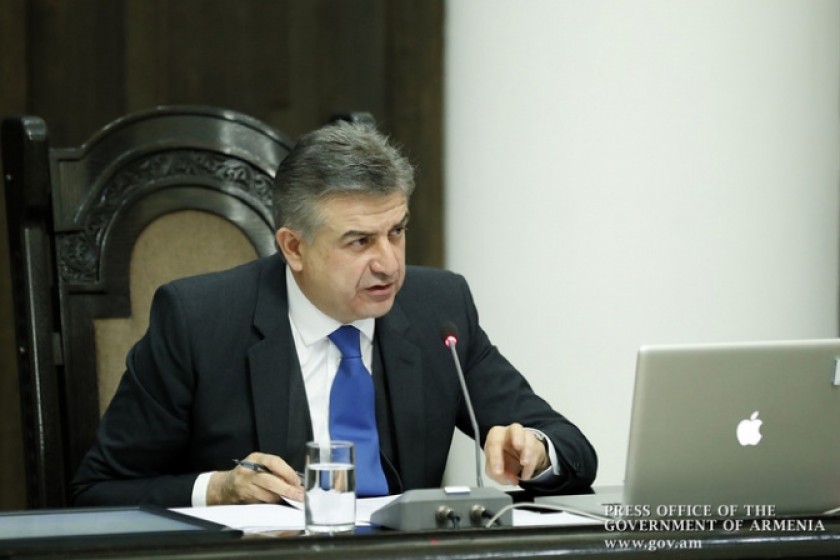
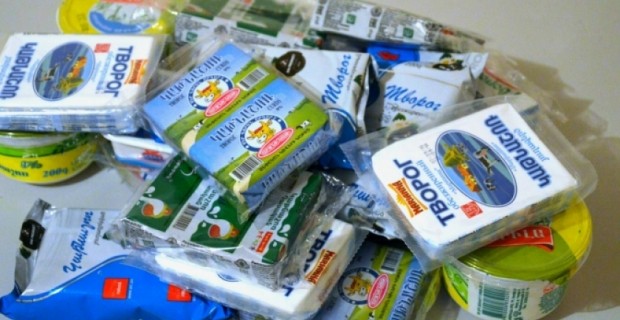
Yogurt production dropped 1.1%, cream cheese dropped 9.6%, and sour cream dropped 20.4%.
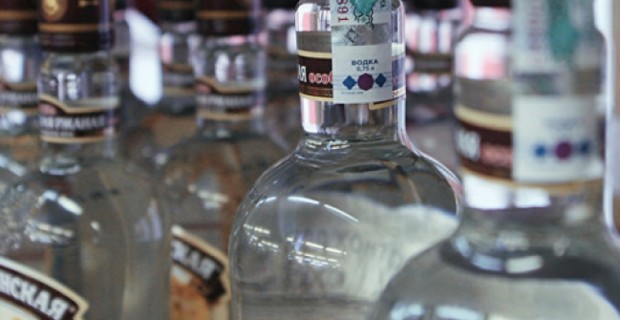
Numbers released by the National Statistical Service show that 18.4 million liters of brandy were produced in the first eight months of 2017, up 60.7% from the same period in 2016.
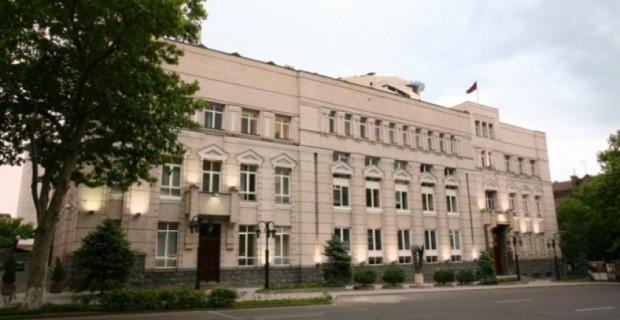
Armenia’s national debt rose US$57.9 million in August, amounting to $6.259 billion by the end of the month, this according to the country’s National Statistical Service.
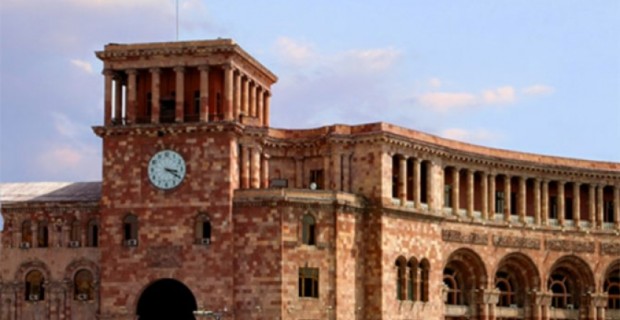
It still lags behind the 5.5% growth in the country’s Economic Activity Indicator for the first eight months of this year when compared to 2016.
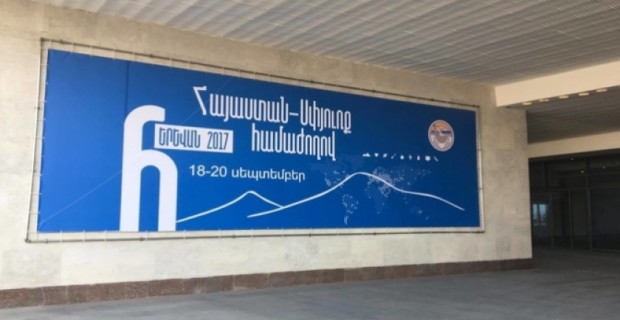
The 6th Armenia-Diaspora Forum took place in Yerevan on 18-20 September. Sessions and discussions related to Armenia’s economy, national security, foreign policy and preserving Armenian identity were on the agenda.
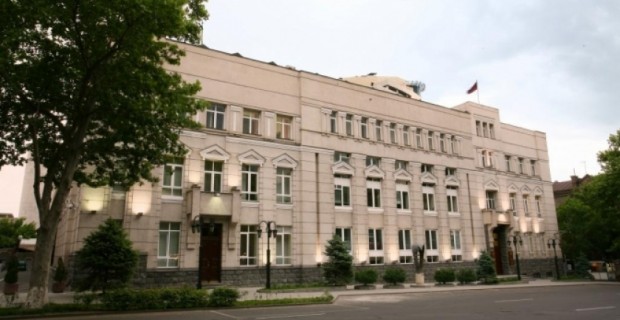
Armenia’s Central Bank now says the country will experience 3.9-4.8% economic growth this year, up from its original estimate of 3.3-4.8% released after the 1st quarter.
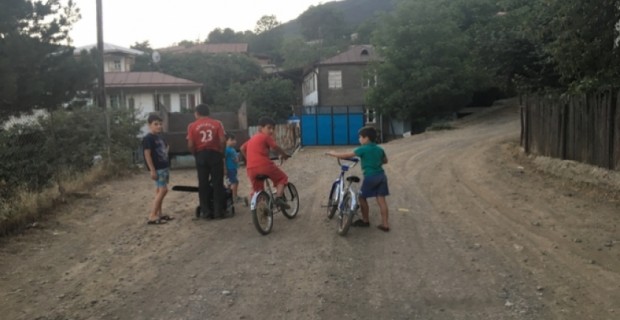
Verin Khotanan is a village in Armenia’s southern Syunik Province. More than half the population is older than 70.

Armenia’s government debt stood at US$6.141 billion at the end of June 2017.
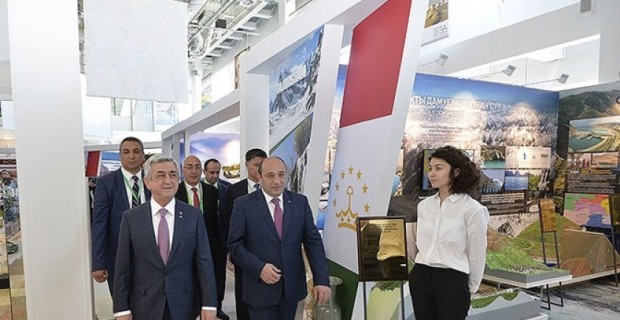
The expo's theme is "Future Energy", and aims to create a global debate between countries, nongovernmental organizations, companies and the general public on the crucial question: "How do we ensure safe and sustainable access to energy for all while reducing CO2 emissions?”

622,381 tourists visited Armenia in the first half of 2017, an increase of 24% over the same period in 2016, this according to the country’s National Statistical Service (NSS).
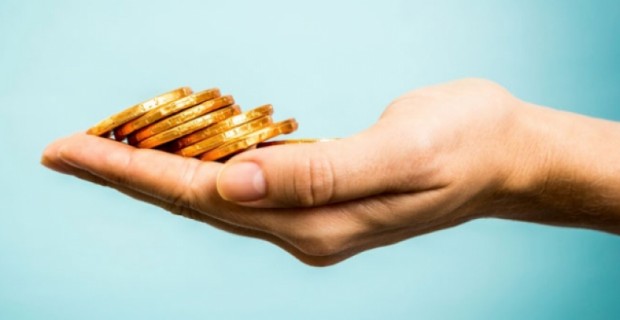
The top 1,000 taxpayers in Armenia paid 387.5 billion AMD in taxes in the first half of 2017, up 32 billion compared to the same period last year.
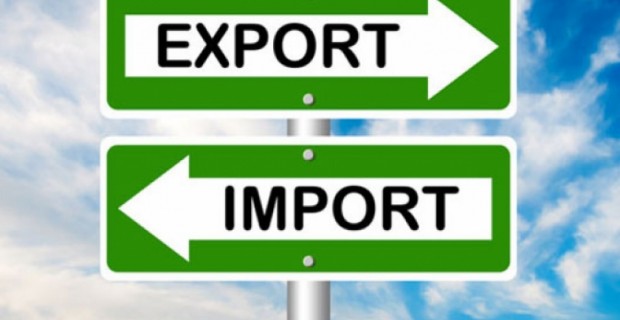
In the first half of 2017, Armenia’s trade volume has increased 24% over the same period last year, this according to data from the country’s National Statistical Service (NSS).
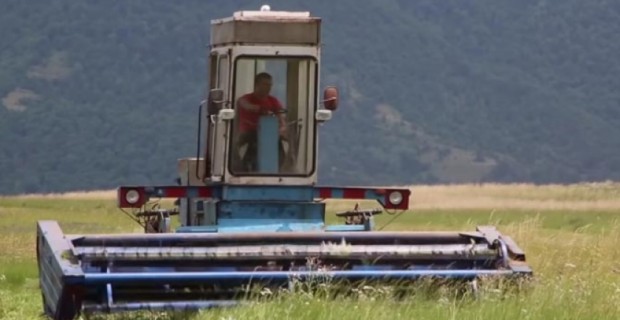
A study released by Armenia’s National Statistical Service (NSS), entitled “2016: The Social Situation and Poverty in Armenia”, says that the per capita median monthly wage in the country is 55,000 AMD (around $115).
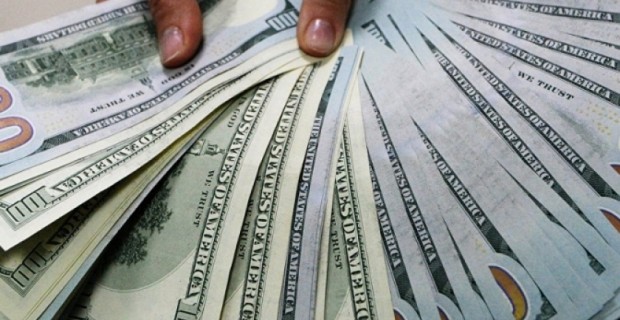
Most of the country’s national debt is comprised of external debt (or foreign debt) - $4.924 billion. Foreign debt grew by $70.7 million (1.4%) in May.
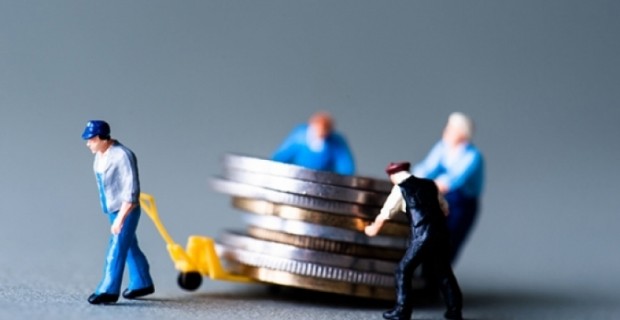
The country’s National Statistical Service says that Armenia’s biggest creditor is the World Bank at $1.749 billion (36.2% of foreign debt).

The exported gold is unprocessed, since Armenia doesn’t have the plants and equipment. The gold is sent to Canada for processing.
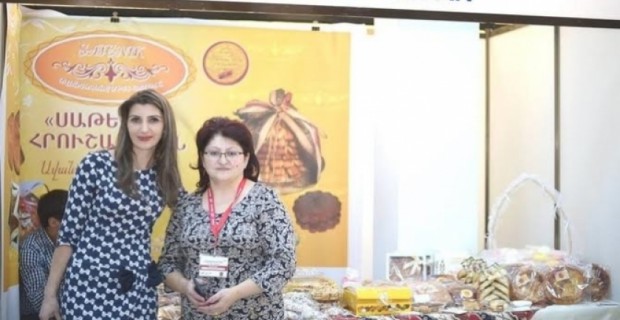
Satik Achikyan, who’s produced a line of confectionery for years, has decided to leave Armenia and continue the business overseas.
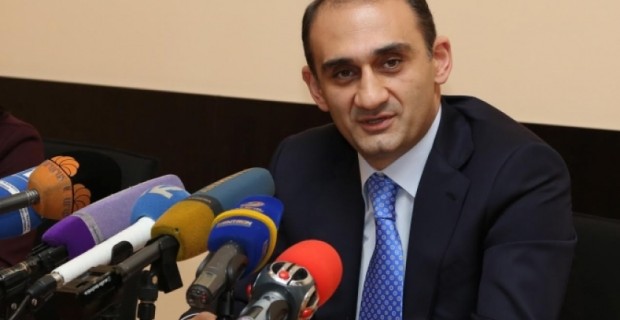
Vardan Harutyunyan, president of Armenia’s State Revenue Committee, told reporters today in Yerevan that the percentage of large businesses evading paying taxes has decreased from 48.8% at the end of 2016 to 33.2% today.
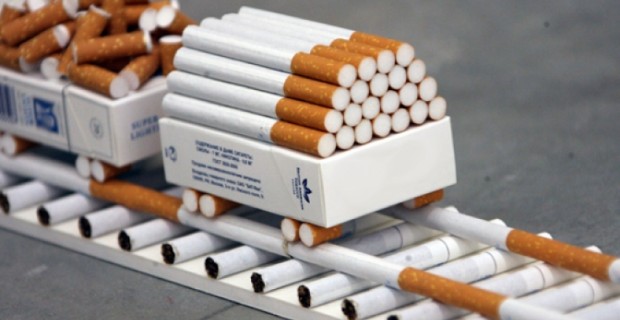
Last year, $209 million worth of cigarettes and other tobacco products were exported – a total of some 21 billion cigarettes, cigars and cigarillos; almost 75% of domestic production.

According to Armenia’s National Statistical Service (NSS), the country’s state debt amounted to US$5.961 billion as of the end of February.

This third explanation most probably refers to contraband smuggling.
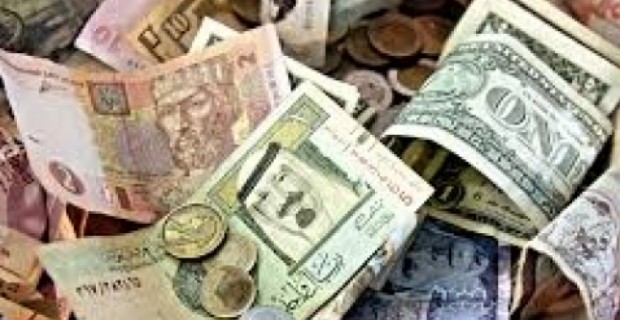
Armenia’s international reserves stood at US$2.067 billion at the end of January 2017, a drop of $133 (6%) million from the previous month.
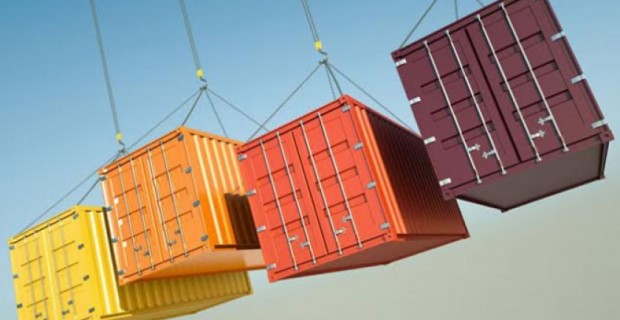
Armenia exported US$1.783 billion worth of goods and services in 2016, up 20% over the previous year.
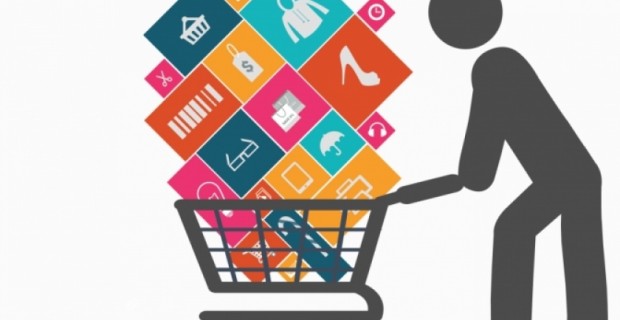
Transfers started to fall in 2014 due to a faltering economy in Russia, where the bulk of those leaving Armenia for seasonal work go to. A drop in oil prices and sanctions imposed by the West made matters worse.

While the plan to build a neighborhood for Syrian-Armenian refugees in the town of Ashtarak, a half hour drive from Yerevan, never got off the ground, monies donated for the cause remian unused years later.
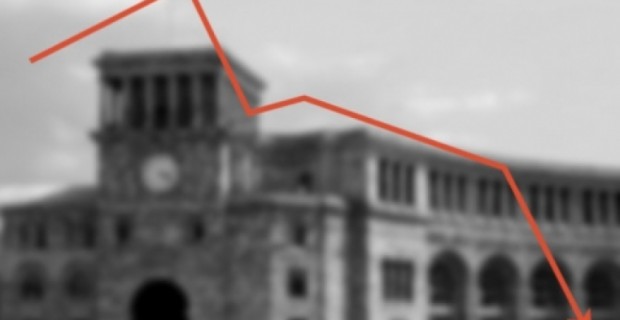
Along with the fall in foreign investment and the rise in government debt, Armenia’s GDP during the 3rd quarter of 2016 has fallen 2.6% when compared to the same period last year.
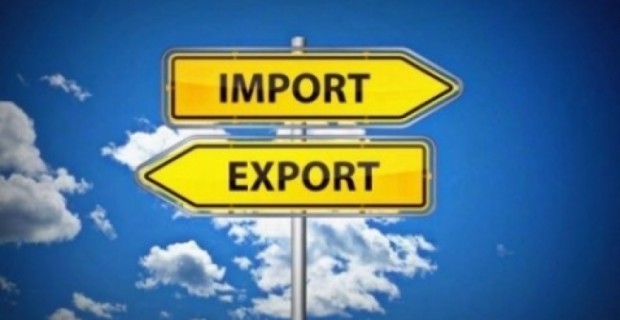
While Armenia continues to import nearly twice as much as it exports, the country’s foreign trade deficit lessened somewhat when compared to the same period in 2015. While exports increased by 19.8%, imports decreased by 0.3% overall.
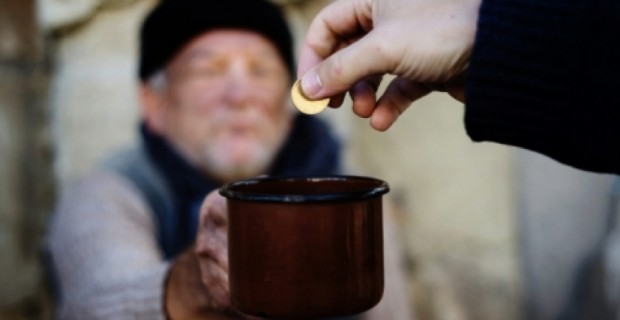
These levels clearly show that the poorest in Armenia have either remained on the same level, or fallen back, after the international financial crisis of 2008, and that the wealthiest have gotten wealthier still.

The four operating bookmakers in Armenia – VivaroBet, Europefootball, InterLoto and GoodWin – all make it to the list of the top 1,000 taxpayers in the country.

The largest taxpayer remains Gazprom Armenia, paying 29.8 billion AMD ($62.7 million).

95% of the broadband market is controlled by Beeline, Rostelecom, VivaCell, Ucom and a company called Interactive TV. The remaining 5% is shared by 84 smaller outfits.
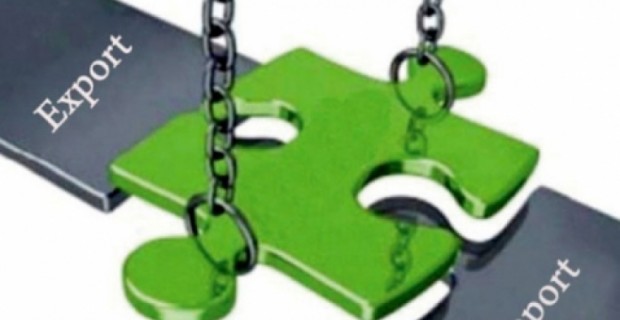
During the first three quarters of 2016 (Jan-Sept), Armenia exported US$1.29 billion worth of goods and services and imported $2.3 billion.
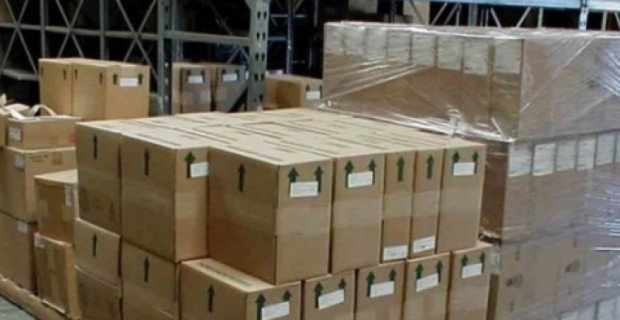
Armenia’s National Statistical Service (NSS) reports that more than half was in the form of chemicals and chemical manufactures. Fabric spinning equipment came in second.
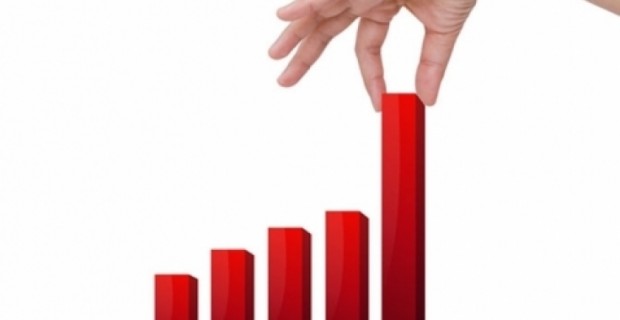
Armenia’s national debt, the amount owed by the government, is fast approaching US$5.5 billion and is expected to reach $5.866 billion by the end of the year.

Hakob Avagyan, president of Armenia’s Small and Medium Sized Business Cooperation Association, complained that the country’s new tax code was drafted without any feedback from the business community.

During the first seven months of 2016 Armenia produced 13,000 tons of cheese, 3,600 tons of yoghurt, 3,500 tons of sour cream, 550 tons of cottage cheese, 317 million liters of milk, and 7 million liters of ice cream.

When it comes to wine making in Armenia, there’s what produced in a villager’s still and what’s produced in wineries and factories – the former isn’t taxed, even though oftentimes homemade wines is sold.

Despite on and off again public calls in Armenia to “Stop Buying Turkish Goods”, the country can’t seem to get enough.

Individual money transfers to Armenia from overseas amounted to US$622.4 million in the first half of 2016.
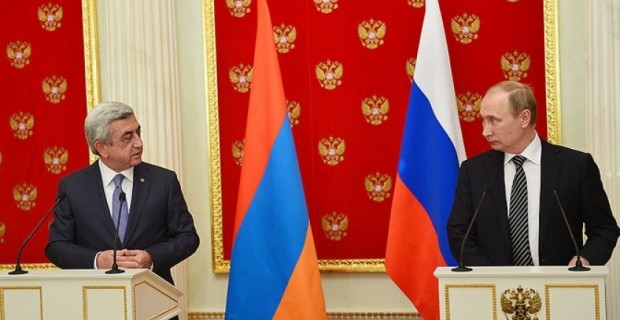
How they came up with these figures remains a mystery. Then too, what would have happened if Armenia never joined the EEU? Would the country have fared better?
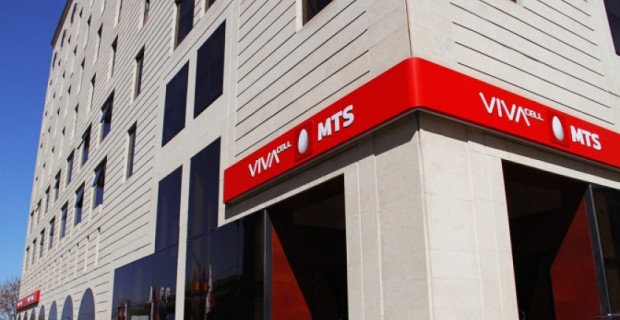
The company’s brief reply reads: “The 3% decrease in operating costs wasn’t able to compensate for the 16% decrease in operating revenues. As a result, there has been a 49% reduction in profits.”
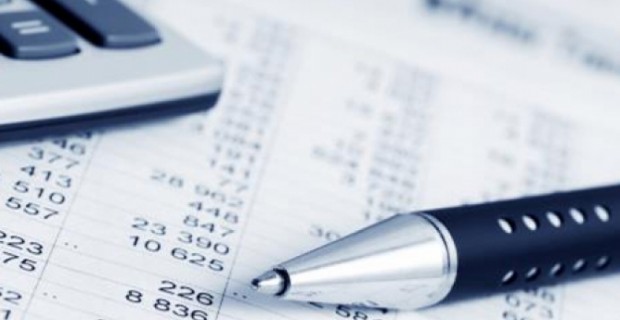
Armenia’s National Statistical Service (NSS) reports that US$109.5 million entered Armenia via private transfers and that $67.5 million left the country via the same route in May 2016.

From a purely publicity perspective, the fact that Pope Francis has announced that his visit is a personal pilgrimage to the first Christian nation bodes well for Armenia in terms of attracting pious, and the just plain curious, tourists from the world over.

Armenia’s Economic Activity Index (EAI) rose by 5.5% during the period of January-May 2016 when compared to the same period last year.
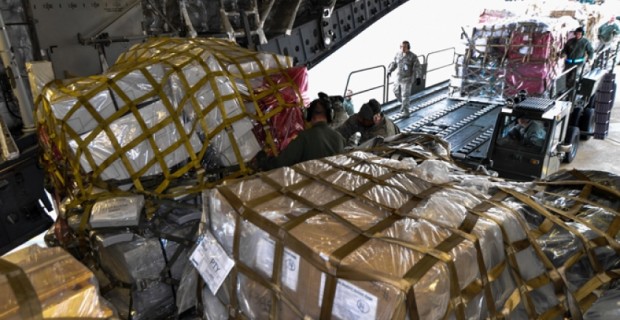
Armenia received US$15.2 million in humanitarian aid during the first four months of 2016, with the bulk ($3.1 million) coming from the United States.
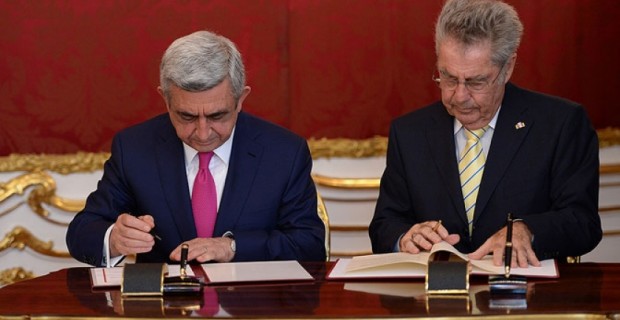
In 2015, Austria accounted for a mere 0.4% of Armenia’s trade with the outside world. In 2014, that number was 1.2%.

Armenia’s Central Bank reports that as of the end of April 2016, the country’s gross international reserves amounted to US$1.568 billion, a drop of $58.2 (3.6%) million from the previous month.
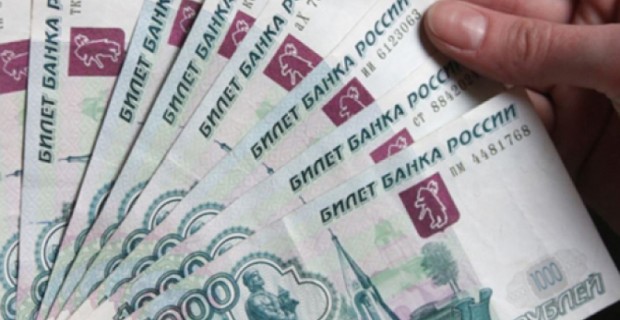
Overseas bank transfers to Armenia amounted to US$104.5 million in April of this year. According to Armenia’s Central Bank, this amount is 31% less when compared to April 2015.

Armenia’s National Statistical Service reports that the service sector in the country grew by 2.7% in 2015 when compared to 2014 and that the “culture, entertainment and relaxation” sub-sector grew by a whopping 68.1%.